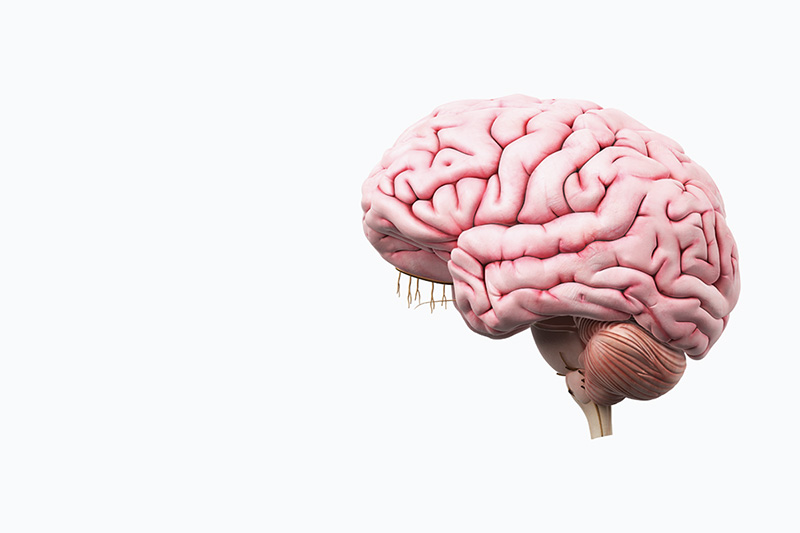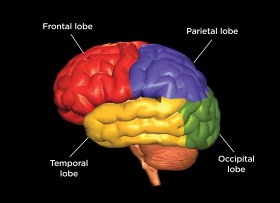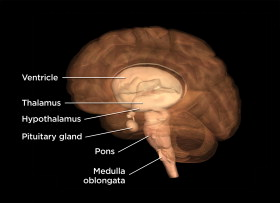 American Stroke Association
American Stroke Association About the Brain

Imagine carrying the responsibility of accepting, organizing and interpreting floods of incoming and outgoing information every second of every day. Just think of the stress of having to regulate the temperature, warning systems and mechanical functions of absolutely everything, including those critical to keeping your world alive. Getting a headache just thinking about it?
We’re learning more and more about the workings of the brain as scientists continue to experiment and probe our inner universe. Still, just trying to fathom the complexity of an organ that handles our walking, talking, thinking, dreaming, heart rate, liver function and tear ducts boggles — well — the mind. For stroke survivors and caregivers, having an understanding of the different areas of the brain and their functions can shed new light on what they’re experiencing after a stroke.
The human brain weighs an average of 3 lbs. in men and 2 lbs. 12 oz. in women and has about 100 billion cells called neurons. The brain’s structure is almost complete at birth, although it continues to grow until about age 20, with increases in the size of individual cells and the amount of tissue connecting the neurons.
The brain is made up of distinct parts that developed through human evolution. The oldest evolutionary parts, which are responsible for life-supporting functions such as breathing, blood circulation and sleeping, are found at the base of the brain, joined to the spinal cord. This area is called the “brain stem” and includes the midbrain, pons and medulla oblongata. The more recently developed areas — the cerebellum and the cerebrum — surround the brain stem.
The Cerebral Hemispheres

The Forebrain
